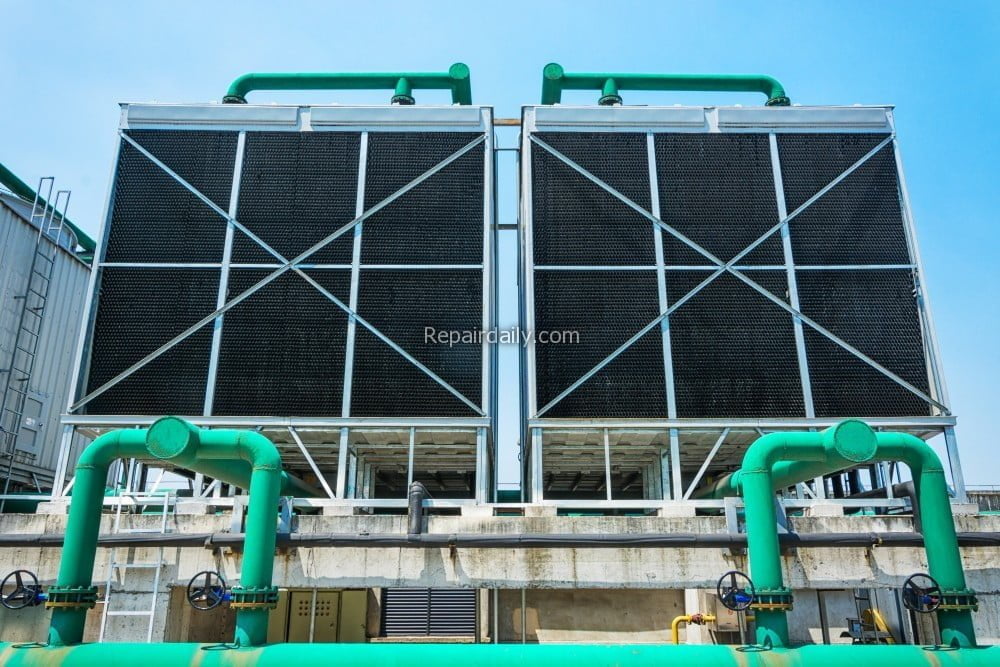
Cooling towers are a crucial element in businesses like chemical processing, electric, thermal, and nuclear power generation, steel mills, oil refineries, and many manufacturing industries that need cooling incorporated into their processes. However, they can also be found in significant establishments like schools, airports, hospitals, large hotels, or other commercial buildings.
Depending on their construction, they can function in one of two ways: they can either use water evaporation to reduce and remove process heat, or they can use air to cool the working fluid. However, their most common usage is to cool down the circulating water.
Knowing their importance in the industrial system, as well as for commercial buildings, their frequent maintenance is critical for keeping their long-term performance intact. In the case of leakages, the system won’t operate efficiently which can, in consequence, lead to much greater damage to the nearing components. In other words, waterproofing of cooling towers should not only be done during construction but also should be repeated to ensure high functioning.

Ways to Waterproof Cooling Towers
High-Quality Membranes
The membrane waterproofing method is something that requires a very high level of quality assurance. They can be a part of the positive side cooling tower basin and can be bonded or unbonded sheet or fluid applied waterproofing systems designed to contain the process fluids or water.
One effective way to apply membranes is to use CIM materials, such as two-component CIM 1000 trowel grade, which creates a corrosion-resistant impermeable rubber-like barrier and will not be affected by water chemicals.
Applying Coatings
Applying epoxy coatings is a usual and efficient way to make repairs to cooling towers. How do you do it?
First, you should clean the cooling tower thoroughly and prepare it for coating application. After that, the epoxy coating is bonded to the cooling tower’s concrete surfaces. These coatings are designed to withstand the constant chemical exposure imposed by the cooling tower water programs.
Flow rerouting
Emergency situations require urgent solutions. Therefore, flow rerouting using pumps or sandbags is something that is done when there is heavy flow threatening the system.
In these cases, however, the leaking can usually be avoided by lowering the pressure. And this is done when the bypass piping is installed in concrete joints and cracks.
Grouting
This is something you are familiar with from the tile installation process and includes filling the spaces around or behind structures that create a barrier for fluids and-or water with water-stopping materials.
These materials can vary in their structure and flexibility from being completely rigid to semi-gelatinous, meaning that they can adapt to the required conditions like the size of the gap or crack.
Surface and Joint Seals
This method is used in cases where there are surfaces that experience cracking or have joints that cannot can’t hold water properly. Repairs are done by installing highly specific materials over or in these areas.
They must be built in a way to be able to absorb and transmit loads and energy, including flow or any kind of movement made while the cooling tower is operating.
Here are the ways you can effectively waterproof your cooling tower in order to extend their its service life and keep its performance well and intact. Knowing their importance in the industrial systems, it is crucial to keep the towers in the best condition possible.
